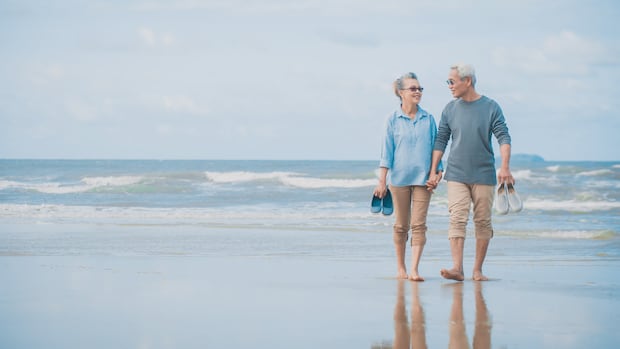
"Further complicating matters, there's no central U.S. government website that lays out all the options for travellers, and those who register at the border will likely be photographed, fingerprinted and charged $30 US. It's confusing, there's no common sense in how they're rolling this out, said U.S. immigration lawyer, Len Saunders, whose office sits close to the border in Blaine, Wash. Saunders says he receives several calls per day from Canadians who are desperate for clarity about the new rule. Nobody knows how this works."
"Typically, air passengers are exempt from the registration requirement because they're generally issued an I-94, an electronic arrival record. However, travellers who cross at land borders often don't get one. Upon arrival, all travellers can check this U.S. Customs and Border webpage to see if they automatically received an I-94. If they did get one, their record will show their arrival date plus an 'Admit Until' date."
The Trump-era rule requires Canadians staying longer than 29 days in the United States to register with U.S. authorities. The requirement took effect in April and applies differently to air and land travellers because air passengers generally receive electronic I-94 arrival records while many land crossers do not. Land travellers can check online to see if an I-94 was issued, can pre-apply for an I-94 within seven days of entering, or can complete registration at the border. Border registration commonly involves being photographed, fingerprinted and charged a US$30 fee. No single U.S. government webpage consolidates all registration options, producing confusion.
Read at www.cbc.ca
Unable to calculate read time
Collection
[
|
...
]